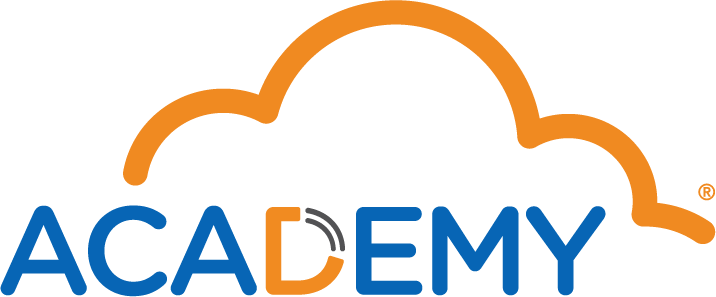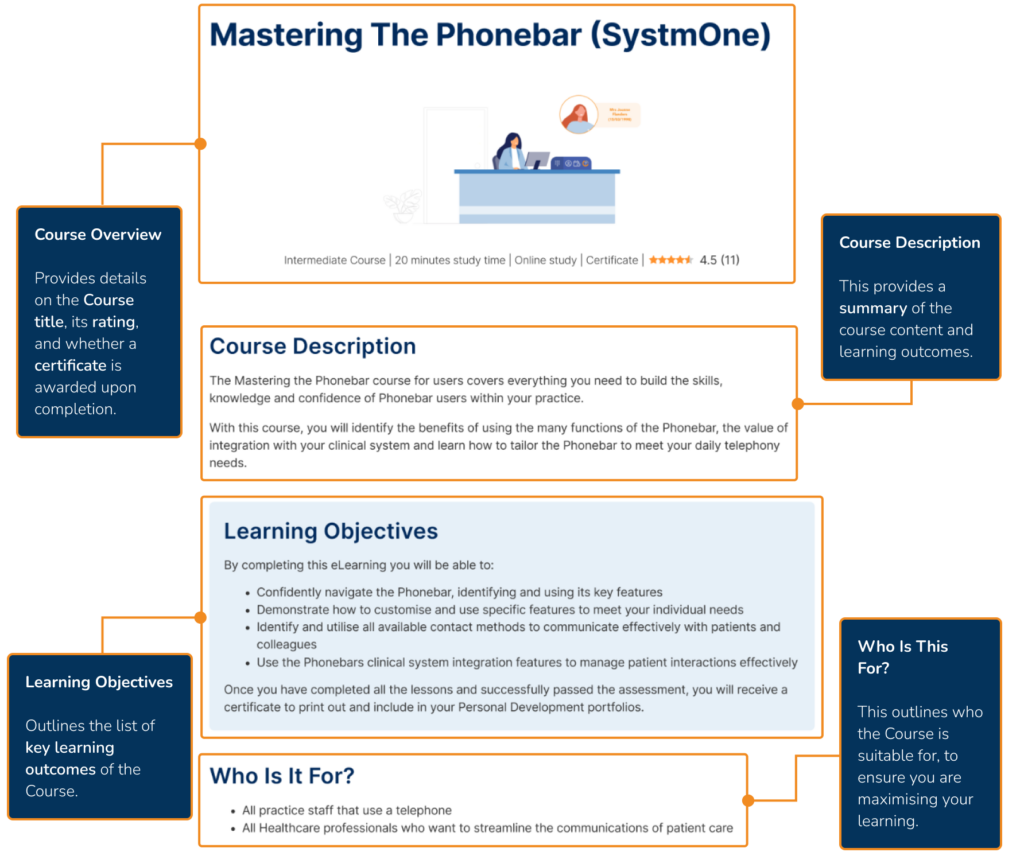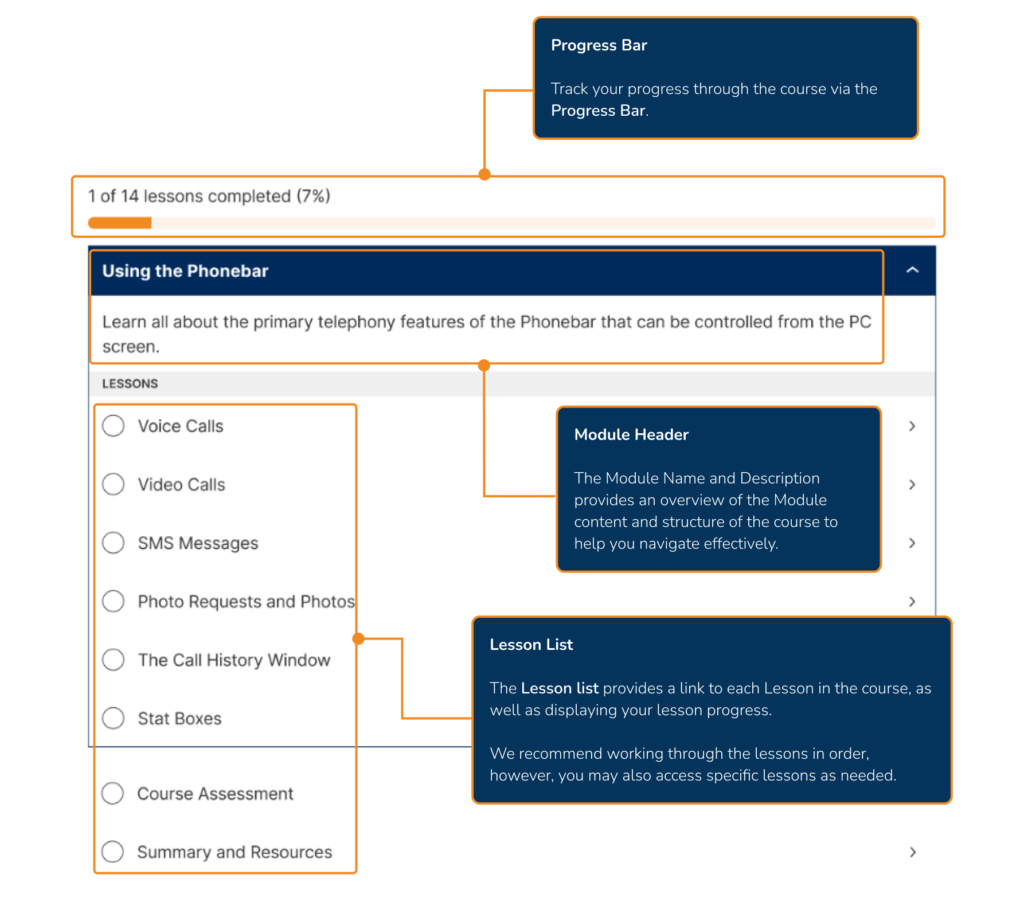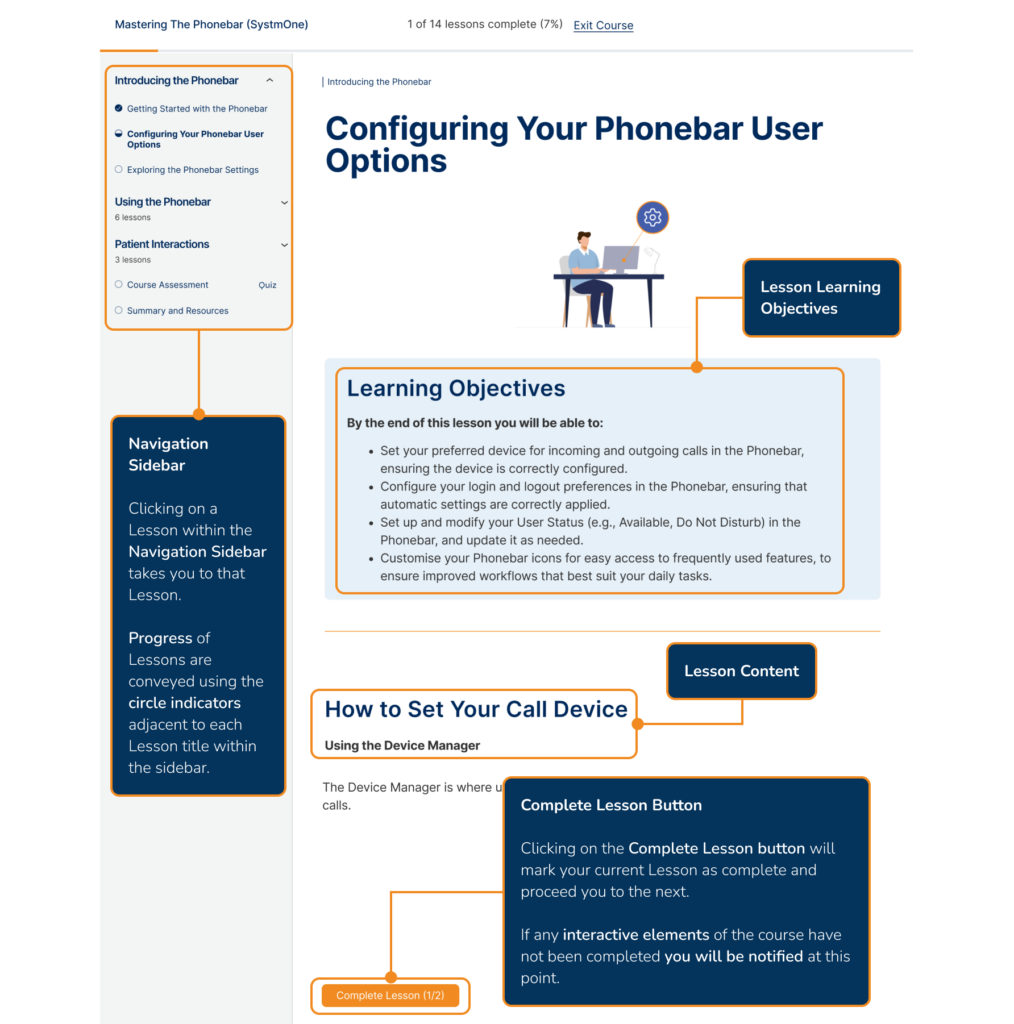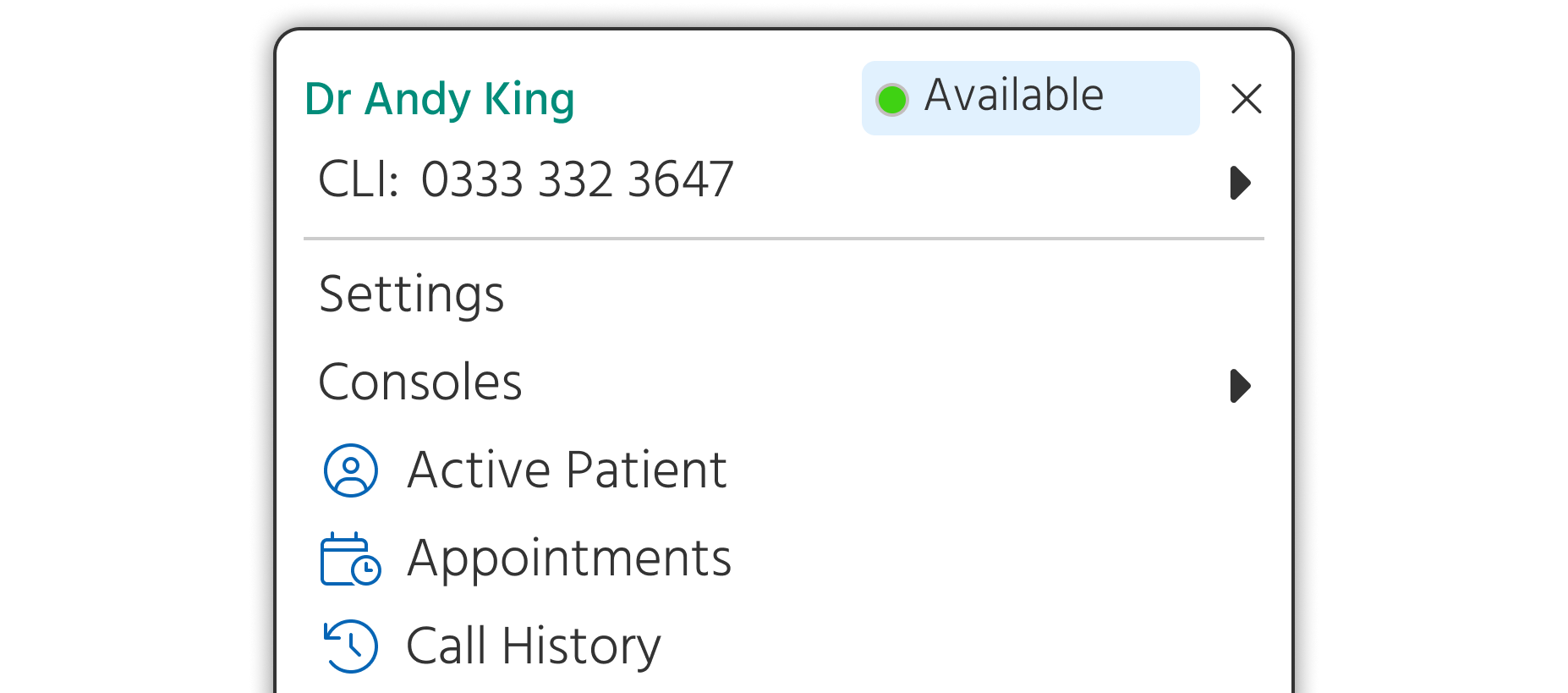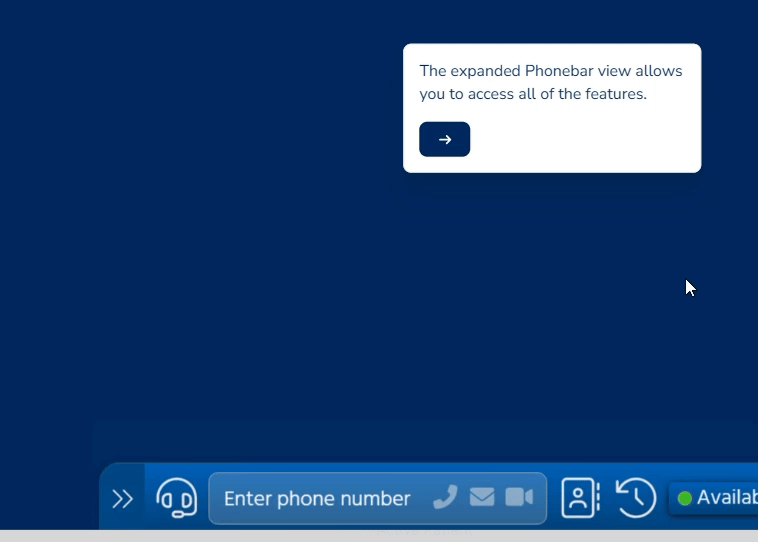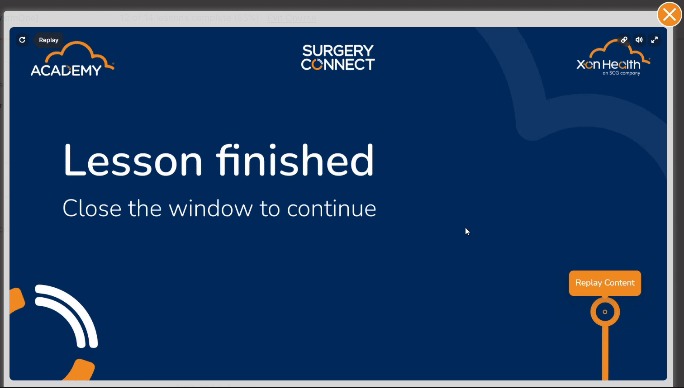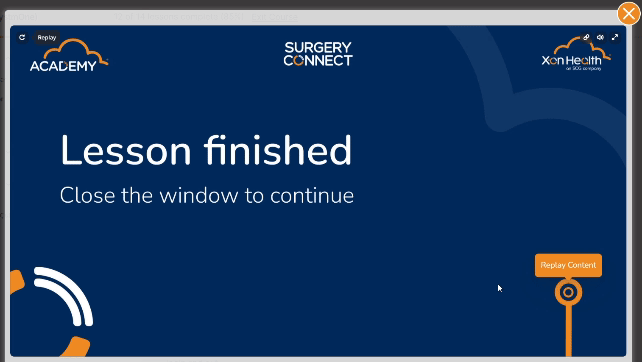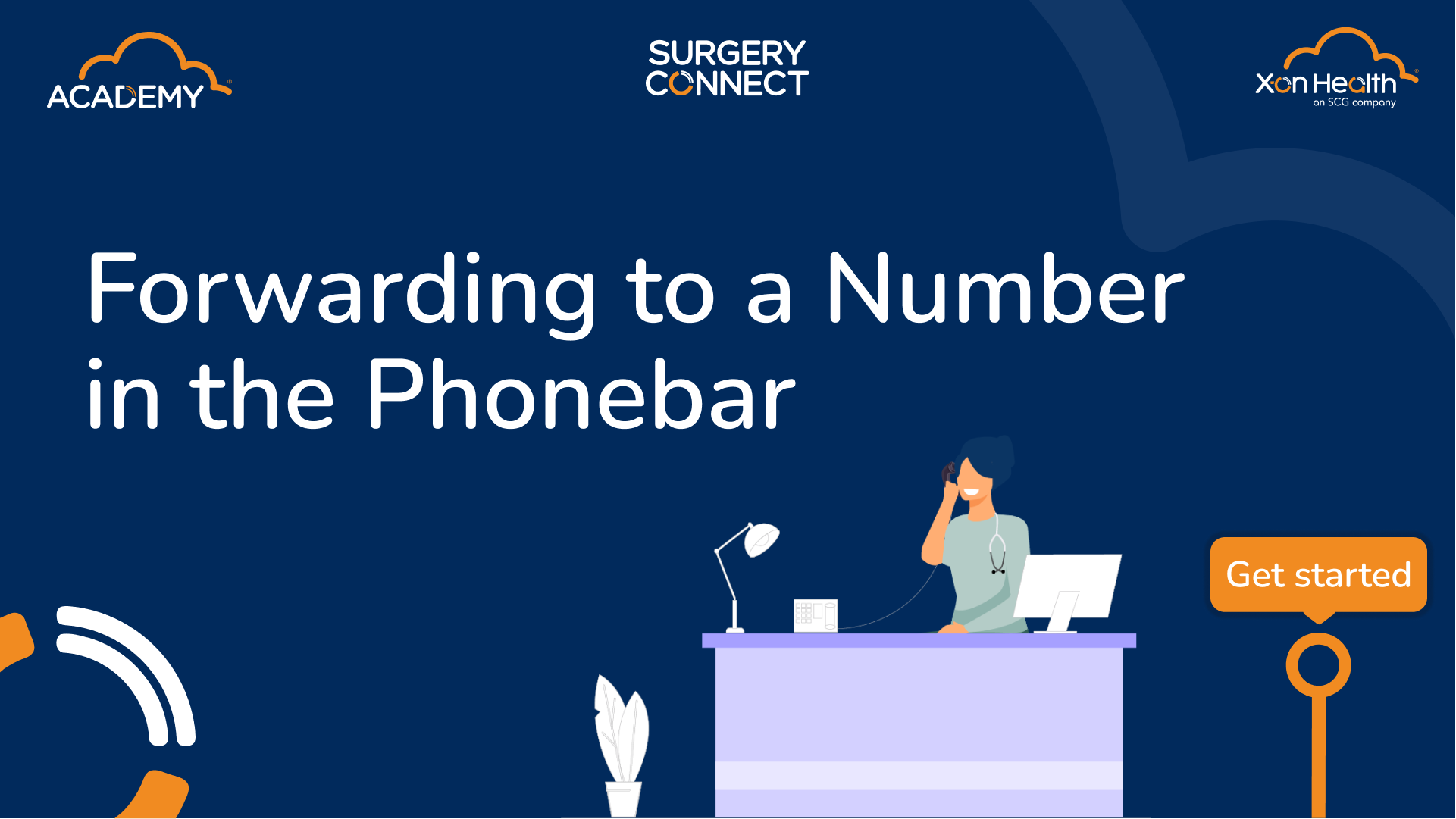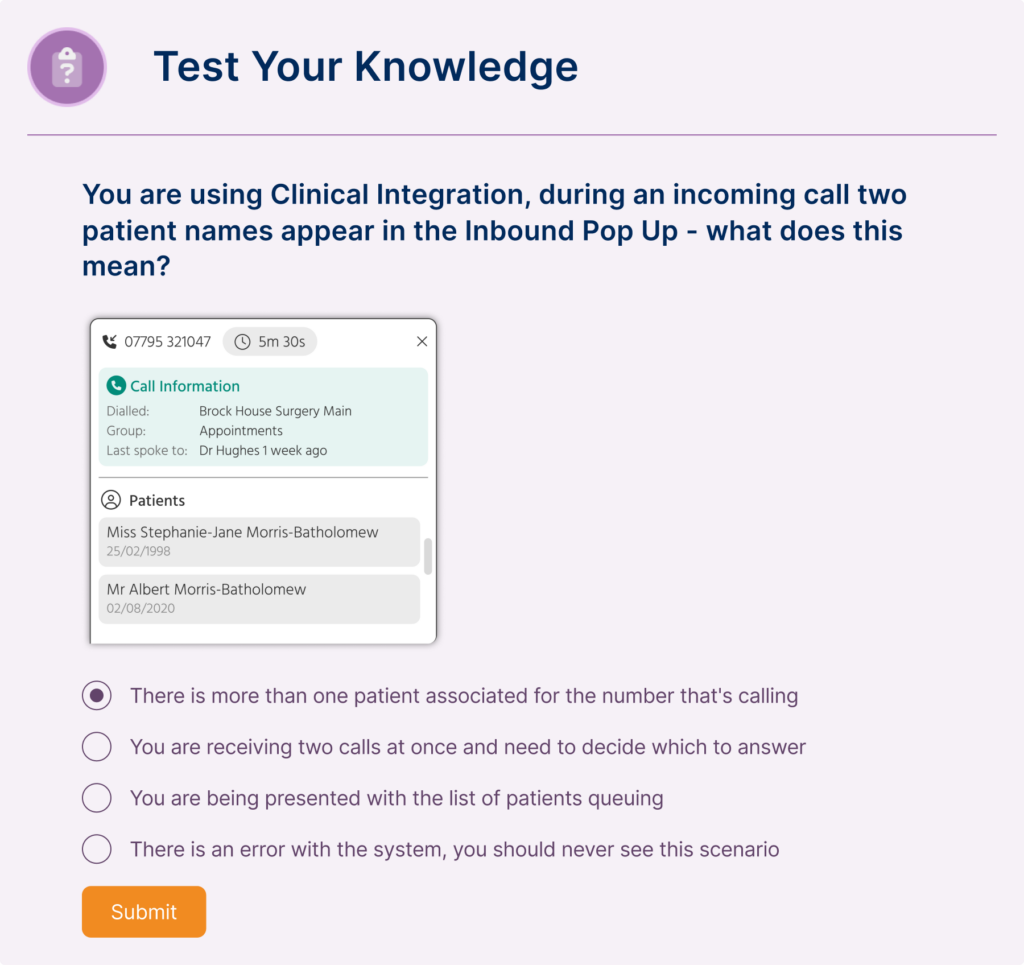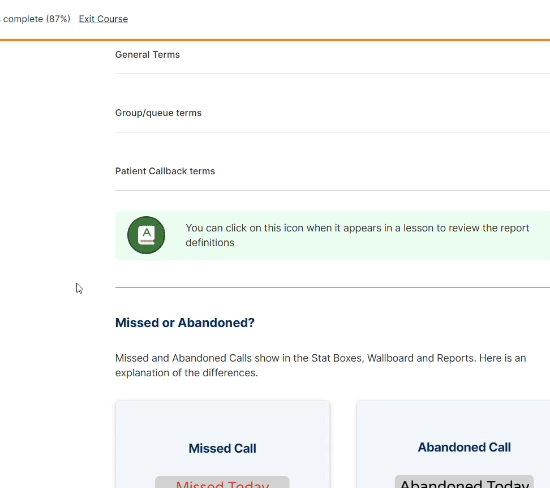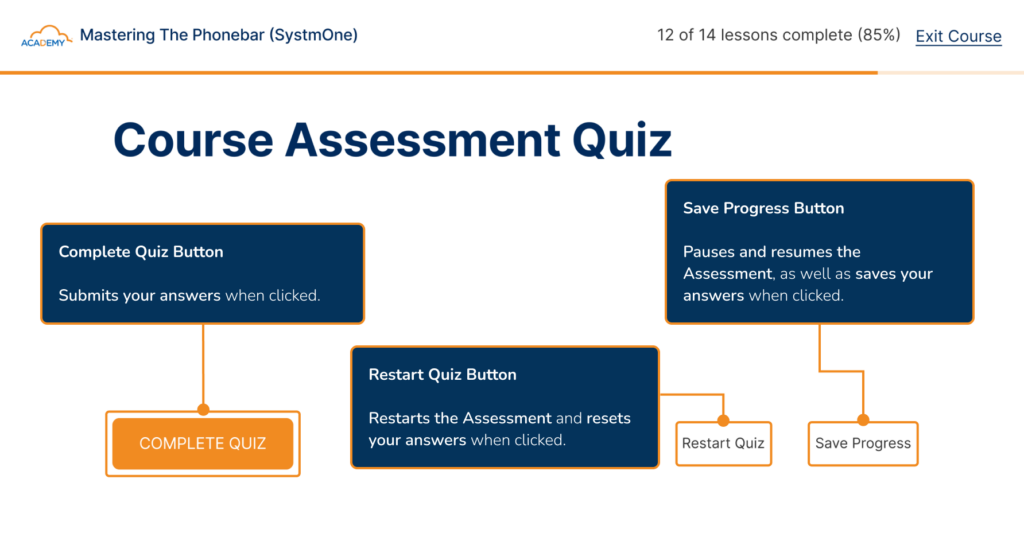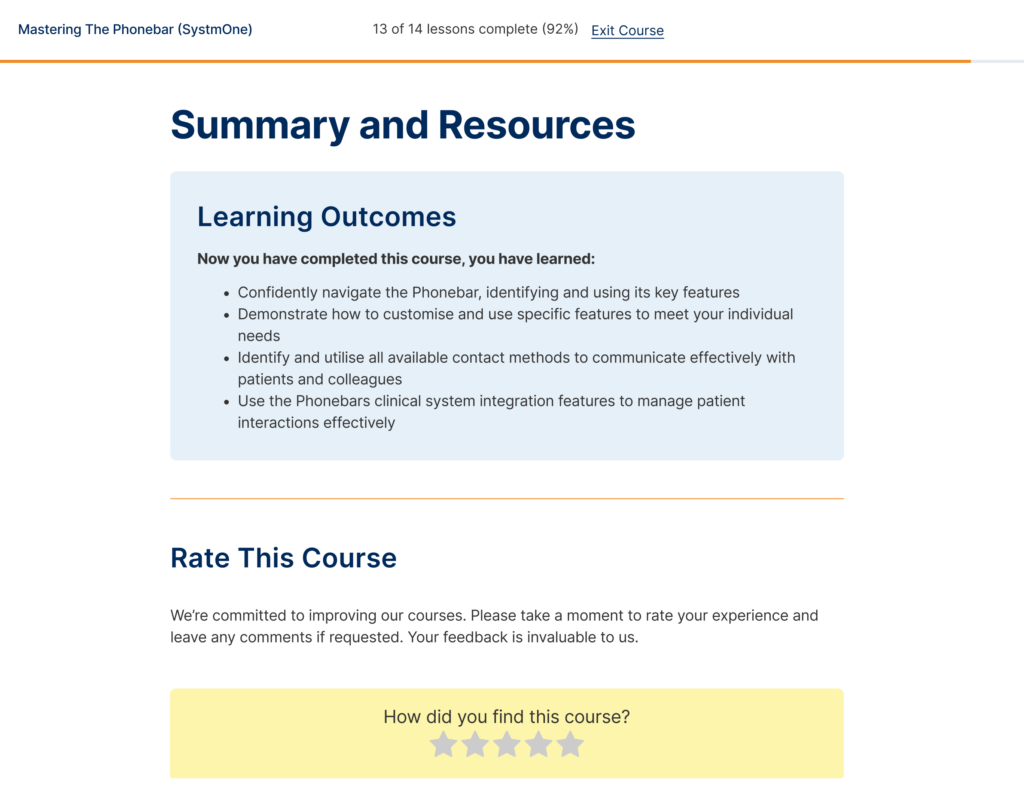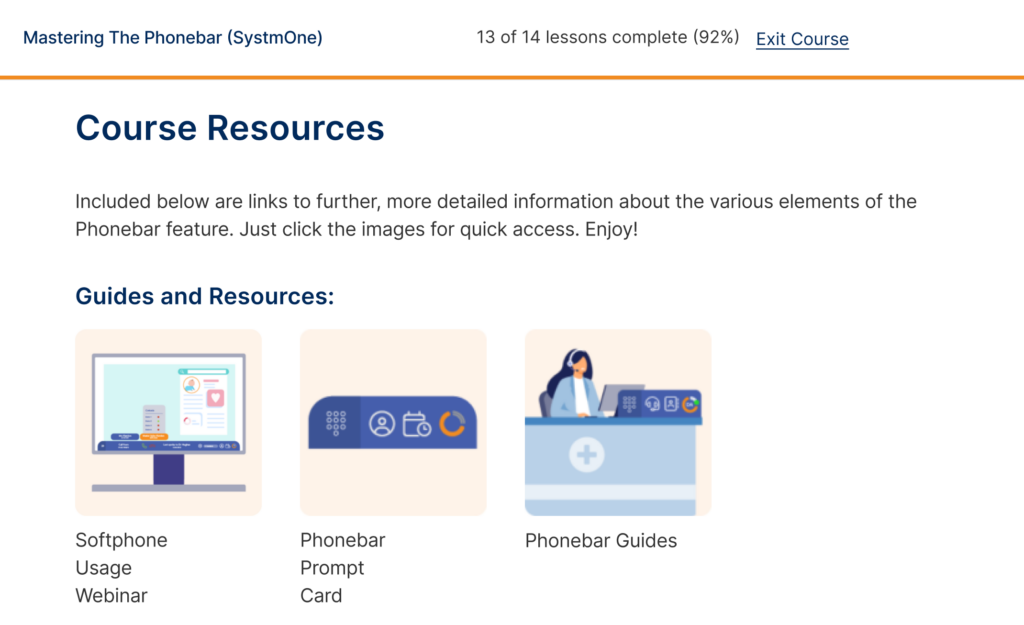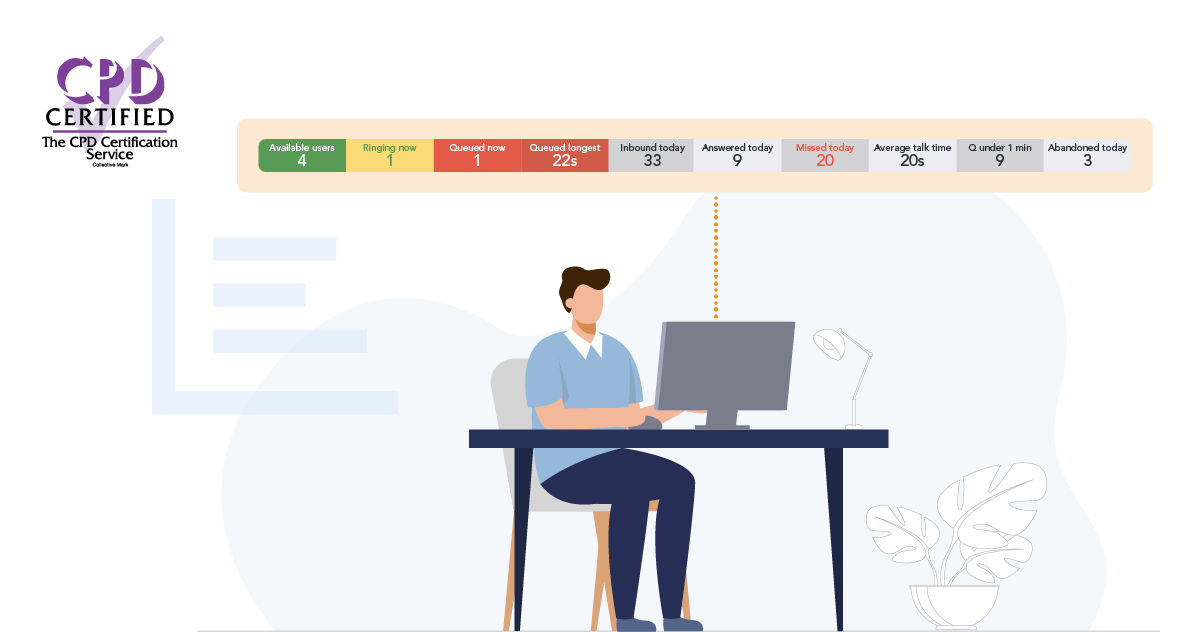
Intermediate Course | Up to 20 Minutes Duration | Bite-Sized Chunks | Online Study | Self-Printed Certificate
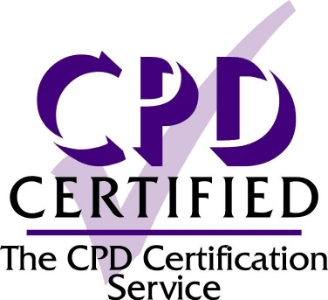
CPD Certified Course
This course has been certified by the CPD Certification Service as conforming to continuing professional development principles. After completing the course a certificate will be downloadable to enhance your personal development portfolio.
Course Description
The Reports and Data Analysis course for Surgery Connect users equips you with the skills, knowledge, and confidence needed to analyse practice call data effectively. It is designed to help you manage call volumes and gain a deeper understanding of patient demand.
Through this course, you’ll discover the benefits of various reports available and you’ll learn how to analyse call traffic, optimise call routing, improve answer times, minimise queue lengths, and reduce missed calls—all to maintain the highest level of service and therefore, access, for your patients.
Better practice resource planning
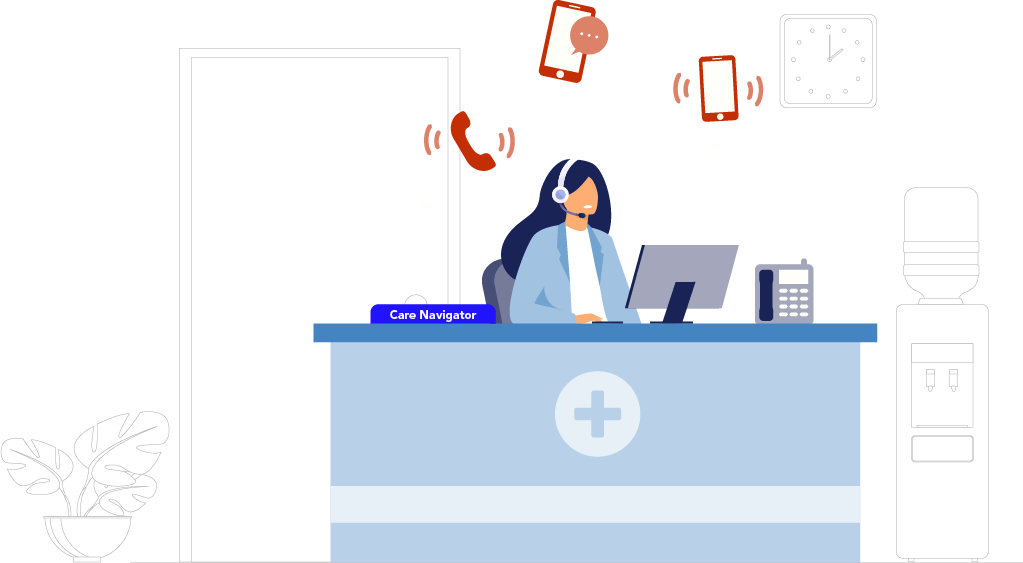
Improved patient experience
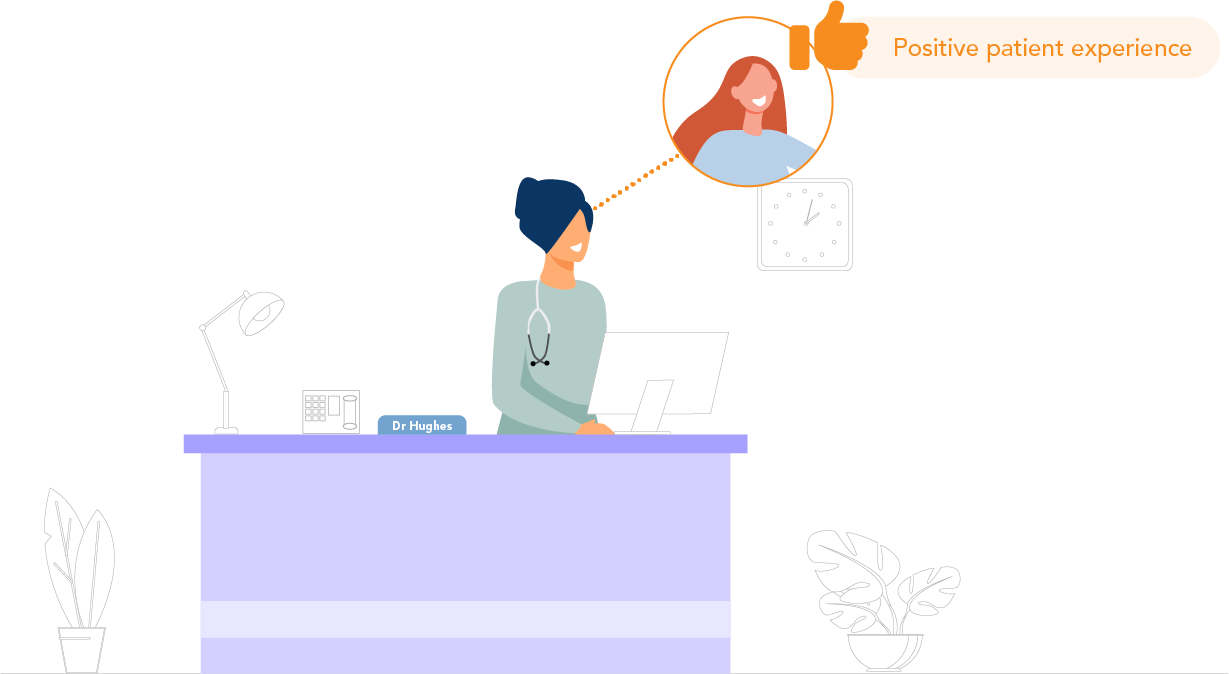
Comply with national reporting standards
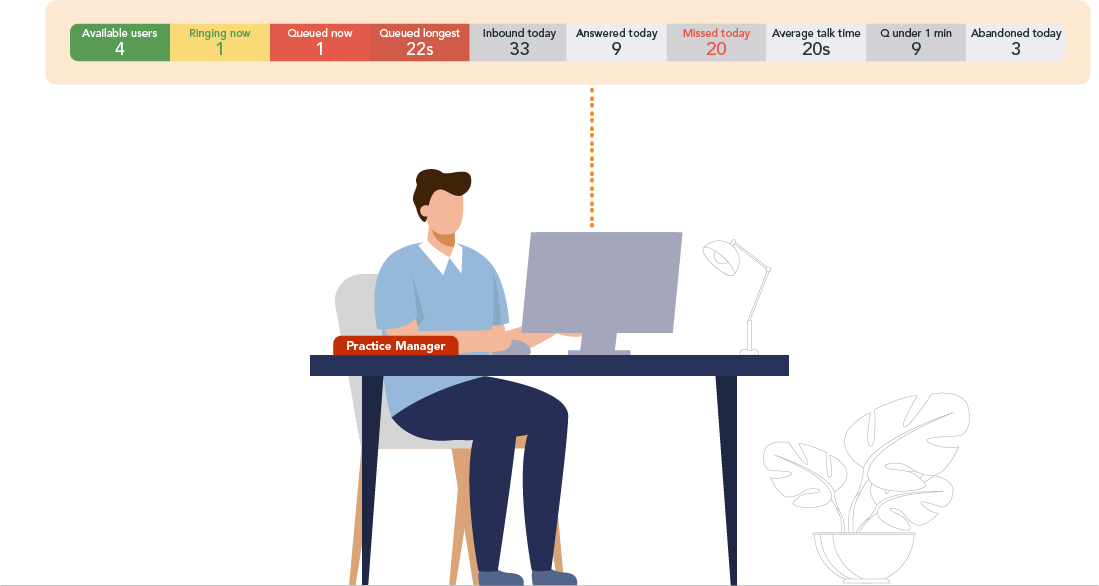

Learning Objectives
By completing this eLearning you will be able to:
- Understand the primary goals and benefits of the Reports Console, including how it supports effective call management and data-driven decision-making within your practice.
- Develop a clear understanding of key terms and concepts used throughout the Reports Console, ensuring accurate interpretation and communication when using the portal.
- Master the step-by-step process to log in and navigate to the Reports Console, enabling quick and seamless access to data and insights.
- Understand the content and structure of the Monthly Management Report, including the types of data it provides and how it supports operational review and planning.
- Gain the skills to analyse and interpret standard reports within the portal, identifying trends, patterns, and actionable insights to improve performance.
Once you have completed all the lessons and successfully passed the assessment, you will receive a certificate that you can print out and include in your Personal Development portfolios.
Access Optimisation Course Series
NHS Delivery Plan For Recovering Access To Primary Care
With the Delivery plan for recovering access to primary care update and actions for 2024/25 in the forefront of all our minds, throughout the course we will call out the direct benefits of our features and how they can help you to meet the requirements and ultimately, the associated funding.

← Look out for this icon and blue box throughout the course.
Who Is It for?
- Practice Managers, Administrative Staff, and team members responsible for operational efficiency and call data analysis within the practice
- Users new to using the Reports Console
User Story
“All of the features are helpful, but the reporting is powerful for capacity planning”
Katherine Rush, Operations Manager at GP Health Partner

Course Structure
This eLearning course uses progressive lessons to build knowledge. Lessons may include supporting images, interactive demos, or videos. Lessons can be taken in any order and paused/resumed at any time.

Assessment and Certification
This self-paced course has no deadline. Some courses include a final test with a required pass mark for certification. Upon passing, learners receive a downloadable certificate for personal development portfolios.

Navigation Help
For detailed guidance on navigating the eLearning lessons effortlessly, explore our comprehensive instructional course. This course provides step-by-step instructions and tips to enhance your learning experience.
